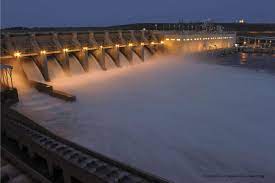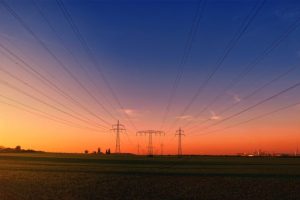Nigeria is endowed with a variety of natural resources, including water bodies, which people have utilised to produce different forms of energy like electricity. How would you feel if there were no rivers, seas, oceans, or lakes in Nigeria? It seems unusual, yes. A dam is a structure built to hold back water and elevate its level, creating a reservoir that can be used to produce energy or provide water.
The Kainji dam in Niger state, Nigeria, is a well-known dam in that country. The years 1964 and 1986 saw the construction of the Kainji dam. The most well-known use for the Kainji Dam is as a hydroelectric power plant.
According to a report by The Guardian, below are the 2 major Hydroelectric dams in Nigeria.
1. Kainji Dam.
The Kainji Dam is the largest dam on the Niger River, which is the longest river in western Africa and the third longest river in all of Africa. The 7.2 km long and 72 m high dam.
The concrete building was intended to power Nigeria and facilitate better upstream Niger navigation to the town of Yelwa in Kebbi state.
The Niger’s waters were under the dam’s management all the way to where it merged with the Kaduna River. Additionally, it supplied streams for fishing and agriculture. It is located in Niger state.
2. Jebba Dam.
Niger and Kwara State are separated by the Jebba Dam. With a number of auxiliary dams and other infrastructure, Jebba Dam is made of earth and rockfill. To the south is where the main dam is located, and an upstream blanket protects its imperviousness.
The Jebba Dam is made up of civil dam structures, a bottom gated spillway, a hydroelectric powerhouse with turbines, generators, and a navigation lock, as well as monitoring and control systems for each of these, and M&E ancillary works.




